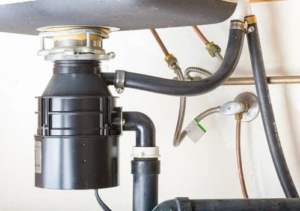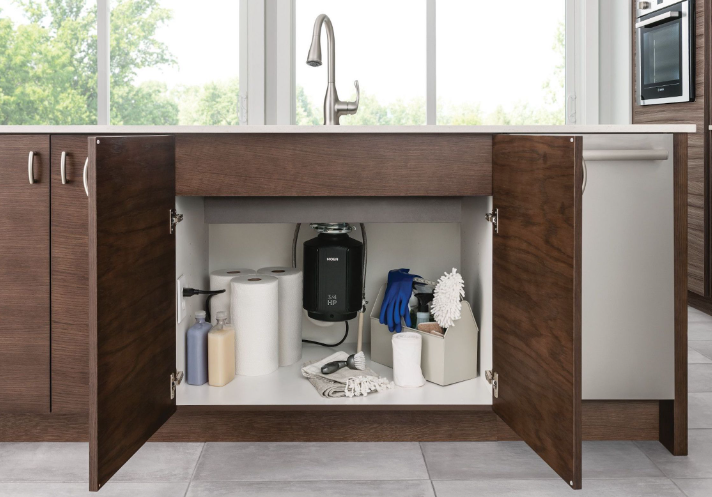Garbage disposal units are a convenient and efficient way to manage kitchen waste, but like any appliance, they can encounter problems over time. A malfunctioning disposal can disrupt your daily routine and lead to unpleasant odors and clogs. However, with a few simple steps, you can often troubleshoot and fix common issues with your garbage disposal unit. In this article, we’ll guide you through the process of addressing these problems and restoring your garbage disposal units to proper working condition.
Disposal Not Turning On
If your garbage disposal isn’t turning on, it might be due to a power issue. Start by checking if the unit is plugged in properly and the circuit breaker isn’t tripped. If the connections are secure and the circuit breaker is fine, try pressing the reset button on the bottom of the disposal unit. This can help reset the motor and restore power to the unit.
Jammed Disposal
A jammed garbage disposal is a common problem that can be caused by large food particles or foreign objects getting stuck in the blades. Before attempting to fix the jam, ensure the unit is turned off and unplugged for safety. Use a hex key (also known as an Allen wrench) to manually turn the disposal’s motor from the bottom. This can help loosen any obstructions and free up the blades. Once the jam is cleared, plug in the unit and press the reset button.
Leaking Disposal
Leakage under the sink is a concern and is often caused by loose connections or worn-out seals. Check the connections between the disposal unit and the sink, as well as the drain pipe connections. Tighten any loose parts and replace any damaged gaskets or seals. It’s also a good idea to inspect the body of the disposal unit for cracks that might be causing the leak. If you find any cracks, it’s best to replace the unit.
Unpleasant Odors
Foul odors emanating from the disposal can be attributed to accumulated food particles and bacteria. To combat this issue, run cold water and turn on the disposal. Drop a few ice cubes and a slice of lemon or orange into the unit while it’s running. The ice will help clean the blades, while the citrus fruit will impart a fresh scent. Additionally, you can pour a mixture of baking soda and vinegar down the disposal followed by hot water to further clean and deodorize the unit.
Loud or Strange Noises
Unusual noises such as grinding or rattling can indicate a foreign object trapped in the disposal or worn-out components. Turn off the unit and check for any objects that might be causing the noise. Use a flashlight to inspect the inside of the disposal. If you don’t find any obstructions, the blades or the motor might be damaged, requiring professional repair or replacement.
Slow Draining
If the water is draining slowly from your sink, it could be a sign of a clog in the disposal or the drain pipe. Start by turning off the unit and using a plunger to unclog the sink. If the problem persists, you might need to remove the P-trap and drain pipe to manually clear the blockage. Remember to place a bucket underneath to catch any water that might spill out during this process.

Conclusion
In conclusion, maintaining a properly functioning garbage disposal unit is crucial for the efficiency and cleanliness of your kitchen. By following these troubleshooting steps, you can often address common issues that arise with these appliances. Remember to always prioritize safety by disconnecting the unit from power before attempting any repairs. If the problem seems complex or beyond your expertise, it’s advisable to seek professional help to ensure a safe and effective solution. With proper care and maintenance, your garbage disposal can continue to serve as a valuable asset in your kitchen for years to come.



